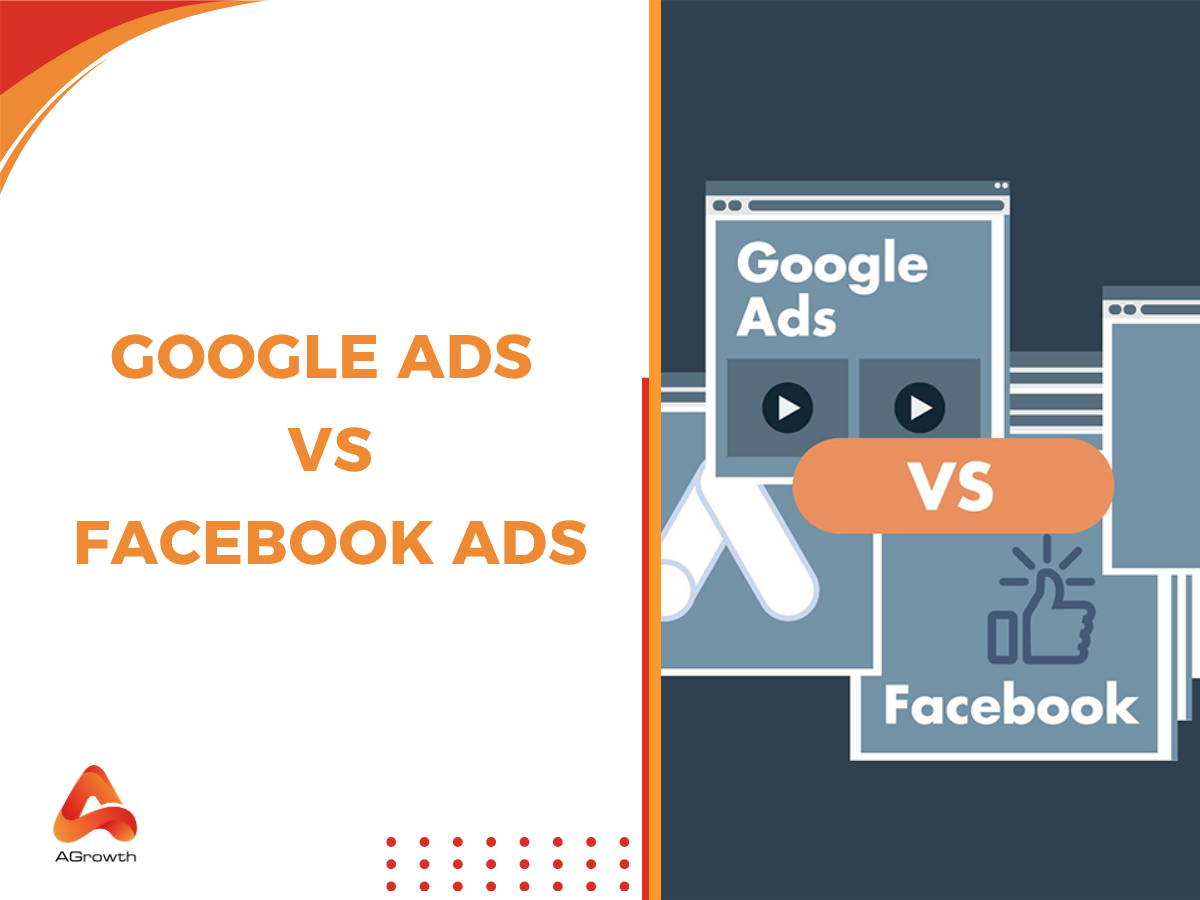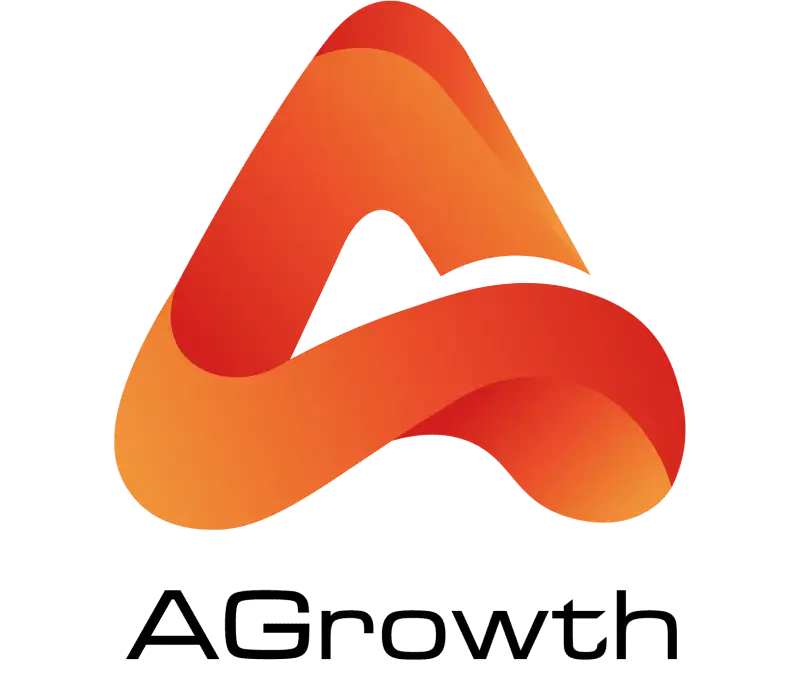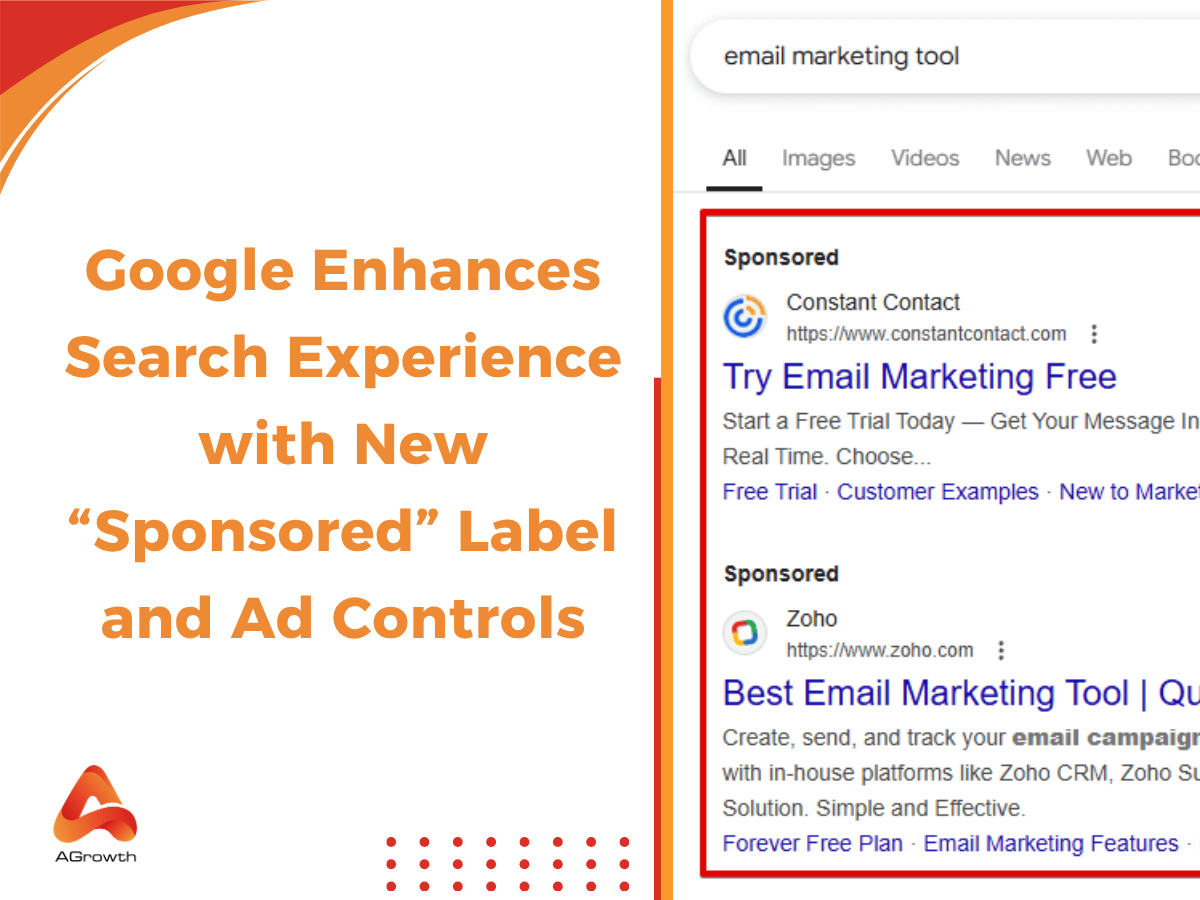
Table of Contents
Google Ads vs Facebook Ads: Which Platform Works Best for Your Business?
Digital advertising budgets in 2025 are more competitive than ever. Marketers face constant decisions on where to allocate spending for maximum ROI. Among all available platforms, Google Ads and Facebook Ads remain the two giants. Each offers powerful features, unique targeting, and the ability to scale campaigns globally. But their strengths are different—and knowing how they compare helps advertisers make smarter, data-driven decisions.
This article provides a detailed analysis of Google Ads vs Facebook Ads, examining their core features, costs, targeting abilities, and best use cases. We’ll also explore when to use each platform—and why many businesses combine them for an omnichannel strategy.
What is Google Ads?
Google Ads is the world’s largest pay-per-click (PPC) advertising platform, built around search intent. When people actively look for products or services, Google Ads places your business in front of them at the right moment.
Search Intent
The biggest strength of Google Ads lies in intent-driven traffic. According to Google Ads Help, “Google Ads allows advertisers to reach people with specific interests, intent, and behaviors at the exact moment they’re searching.” This means businesses can capture demand as it happens.
Display & YouTube Reach
Beyond search, Google Ads also covers the Google Display Network and YouTube. The display network reaches over 90% of internet users, while YouTube is the world’s second-largest search engine. This gives Google Ads a balance of intent-based search and broad reach.
Want a deeper breakdown? Check our full guide on Google Ads for step-by-step insights on setup, targeting, and advanced optimization.
What are Facebook Ads?
Facebook Ads (Meta Ads) operate differently. Rather than capturing existing demand, Facebook specializes in creating it. By leveraging social targeting, businesses can put ads in front of users based on demographics, interests, and behaviors—even if they aren’t actively searching.
Social Targeting
Facebook Ads shine with granular audience segmentation. According to Meta’s documentation, advertisers can reach users by age, gender, interests, behaviors, and even lookalike audiences modeled after existing customers. This makes it powerful for discovery and brand building.
Audience Insights
Meta’s Audience Insights tool allows advertisers to uncover audience demographics, affinities, and online behaviors. This makes it easier to refine creative and messaging for different customer segments.
For a structured walkthrough of Facebook advertising, explore our detailed guide on Facebook Ads covering campaign setup, targeting strategies, and optimization.
Google Ads vs Facebook Ads: Key Differences
When comparing the two platforms, the nuances are critical. Let’s break down the most important factors side by side.
1. Audience Size
Google processes more than 8.5 billion searches every day, making it the most powerful engine for capturing active demand. According to Google’s official data, the Display Network reaches over 90% of global internet users across millions of sites and apps (Google Ads Help). When combined with YouTube—which itself has over 2.7 billion monthly active users—Google’s ecosystem offers unparalleled coverage in the search and display environment.
On the other hand, Facebook, together with Instagram, Messenger, and Audience Network, commands over 3 billion monthly active users worldwide (Meta Q2 2025 Earnings Report), offering massive reach within the social environment. This makes it especially dominant for businesses targeting consumers based on demographics, lifestyle, and interests rather than direct keyword intent.

2. Cost & ROI
Cost is a fluid metric on both platforms, influenced by industry, targeting, and ad quality. However, we can observe general trends. Google Ads, particularly for high-intent keywords in competitive industries (like law, insurance, and finance), can have a very high Cost Per Click (CPC), sometimes exceeding $50. However, because the intent is so high, the Return on Investment (ROI) can be substantial and highly measurable. You're often paying a premium for a highly qualified lead.
Facebook Ads generally offers a lower CPC. You can often reach thousands of people for a relatively low cost. This makes it excellent for top-of-funnel objectives like brand awareness and traffic. The ROI can be more challenging to measure directly for these goals, but for e-commerce, its retargeting and dynamic product ads can deliver an exceptional ROI that rivals, and sometimes surpasses, Google Shopping.
3. Buyer Intent
This is the most significant strategic difference.
-
Google Ads (High Intent): Users are in an active, "lean-forward" mindset. They are on a mission to find information, solve a problem, or make a purchase. They are literally telling you what they want. Your job is to convince them that you are the best solution.
-
Facebook Ads (Low/Passive Intent): Users are in a passive, "lean-back" discovery mode. They are scrolling through their feeds to connect with friends and consume content. Your ad is an interruption, and it must be engaging, visually appealing, and relevant enough to stop their scroll and create desire where none existed moments before.
4. Targeting Options
This is where the platforms' different data sources become apparent.
-
Google's Targeting Is primarily based on keywords and user activity. It includes:
-
Search Ads: Targeting based on the keywords users type into the search bar.
-
Display Ads: Targeting through affinity audiences (broad interests), in-market audiences (users actively researching a purchase), custom intent audiences (based on URLs and keywords), and remarketing.
-
YouTube Ads: Can be targeted by demographics, interests, and viewing history.
-
Facebook's Targeting: Is based on user-provided data and on-platform behavior. It includes:
-
Core Audiences: Targeting based on demographics (age, gender, location, language), interests (pages liked, ad interactions), behaviors (purchase history, device usage), and connections (people who like your page).
-
Custom Audiences: Allows you to retarget website visitors, app users, or people who have engaged with your content. You can also upload customer lists.
-
Lookalike Audiences: Find new users who are similar to your existing customers.
5. Ad Formats
The ad formats available on each platform are tailored to their respective user experiences.
Google Ads: Formats are diverse and context-dependent
-
Text Ads: The classic format on the Search Engine Results Page (SERP).
-
Responsive Display Ads: Image and text-based ads that adapt to fit the GDN.
Want to learn how to create compelling visual ads that adapt to any website? Read our guide on Google Display Ads.
-
Shopping Ads: Product-focused ads with images and pricing, crucial for e-commerce.
-
Video Ads: A variety of skippable and non-skippable formats on YouTube.
Learn the details on this ad format through our post here!
-
Performance Max: An automated, goal-based campaign type that runs across all of Google's channels.
Facebook Ads: Formats are inherently visual and designed for a social feed:
-
Image Ads: Single, compelling static images.
-
Video Ads: Highly engaging, from short-form stories to longer-form content.
-
Carousel Ads: Showcase multiple products or features in a single, swipeable ad.
Ready to showcase your products in an interactive format? Master the art with our deep dive into Facebook Carousel Ads.
-
Collection Ads: A mobile-first format that allows users to browse a product catalog without leaving the app.
-
Lead Ads: Allow users to submit their information via a pre-filled form directly within Facebook, ideal for lead generation.
When to Use Google Ads
While Google Ads can be adapted for many goals, it truly excels when your primary objective is to capture existing demand and drive immediate, measurable action. It's the engine of direct-response marketing.
Consider prioritizing Google Ads in these scenarios:
-
E-commerce (with Google Shopping): For online retailers, Google Shopping is non-negotiable. It places your product, price, and image directly in front of someone searching for that exact item. The conversion rates are typically among the highest of any ad format.
-
Lead Generation for Search-Based Services: If your business solves an immediate and specific need, Google Search is your best friend. This includes local services (plumbers, electricians, lawyers), SaaS companies (where users search for software solutions), and B2B services where prospects are actively researching providers.
-
B2B Marketing: Decision-makers in a B2B context often use Google to research complex solutions, compare vendors, and find industry-specific information. Targeting long-tail, specific keywords can connect you with highly qualified prospects who are deep in the consideration phase of the buying journey.
-
High-Value/Emergency Products: When the purchase is urgent or has a high lifetime value (LTV), paying a premium for a high-intent click on Google is almost always worth it. Think "emergency roof repair" or "investment banking services."

When to Use Facebook Ads
Facebook Ads shine when your goal is to create demand, build a community, and engage users before they even know they need your product. It’s the master of brand building and top-of-funnel awareness.
Focus your budget on Facebook Ads for these use cases:
-
Brand Awareness & Community Building: If you're launching a new brand or product, Facebook is the most effective way to introduce it to a massive, yet targeted, audience. Its low-cost reach allows you to build initial brand recognition and foster a community around your page.
-
Promoting Lifestyle & Visual Products: Products that have strong visual appeal or are tied to a particular lifestyle or identity are perfect for Facebook and Instagram. Think fashion, fitness, home decor, beauty, and hobbies. You can sell not just the product, but the aspiration associated with it.
-
Sophisticated Retargeting: Facebook's Custom Audiences and the Meta Pixel provide powerful retargeting capabilities. You can create highly segmented campaigns to re-engage website visitors who viewed a specific product, abandoned their cart, or watched a percentage of your video ad.
-
Launching Innovative or New Products: If people don't know your product exists, they can't search for it on Google. Facebook allows you to get your innovative solution in front of an audience that is likely to be interested, effectively creating a new market for your offering.
AGROWTH - GOOGLE AGENCY ACCOUNT
⭐ Managed campaigns with expert guidance
⭐ Flexible invoice-based billings, custom top-ups
⭐ High resistance to suspension via agency tier
⭐ Quick fund transfer to new account if needed
⭐ Priority support via Google Partner channel
⭐ Lower fees from 3-5%
⭐ Eligible for bonus credit up to $384
Which Platform is Right for Your Business?
The optimal choice isn't about picking a winner, but about aligning the platform's strengths with your strategic objectives. Use this framework to guide your decision-making process:
Define Your Business Goals
-
Immediate Sales/Leads: Start with Google Ads. Capture the low-hanging fruit of users already searching for what you offer.
-
Brand Awareness/Demand Generation: Start with Facebook Ads. Introduce your brand to a wide, relevant audience and build a following.
-
Community Engagement: Facebook is the clear choice for fostering conversation and building a loyal audience.
Analyze Your Budget
-
Limited Budget: Facebook can often generate more impressions and clicks for a smaller budget, making it a good starting point for awareness. However, a small, highly-targeted Google Search campaign focusing on long-tail keywords can also be very cost-effective and deliver a high ROI.
-
Substantial Budget: A multi-platform strategy is essential. Use both platforms to their full potential.
Understand Your Audience & Industry
-
B2B/Professional Services: Your audience is likely researching solutions on Google.
-
E-commerce/Lifestyle Brands: Your audience is highly engaged and discoverable on Facebook and Instagram.
-
Urgent/Local Services: Your customers are turning to Google in their moment of need.
FAQs
Which is better for lead generation: Google Ads or Facebook Ads?
Google Ads typically delivers higher-quality leads because users are actively searching for a product or service. Facebook Ads, however, can generate leads at a lower cost, especially when using lookalike audiences or retargeting campaigns.
Is Google Ads more expensive than Facebook Ads?
Yes, Google Ads often has a higher cost per click (CPC) due to strong competition and higher purchase intent. Facebook Ads usually offer lower CPC and CPM rates, making them more cost-effective for awareness and engagement campaigns.
Should I start with Google Ads or Facebook Ads if I have a small budget?
If your budget is limited, start with Facebook Ads to build brand awareness and collect audience data. Alternatively, a small, highly-targeted Google Search campaign with long-tail keywords can also provide a strong ROI.
Can I use Google Ads and Facebook Ads together?
Absolutely. Many businesses use both platforms in a full-funnel strategy—Facebook Ads to generate awareness and interest, and Google Ads to capture high-intent users ready to convert.
Which audience fits Google Ads vs Facebook Ads?
Google Ads works best for audiences actively searching for solutions or ready to buy. Facebook Ads are ideal for reaching people based on demographics, interests, and behaviors—perfect for brand discovery and lifestyle products.
How can I measure ROI between Google Ads and Facebook Ads?
Compare key metrics such as CPA (Cost per Acquisition), ROAS (Return on Ad Spend), conversion rate, and average order value. Evaluate results based on your campaign goals—lead generation, sales, or remarketing.









Your comment